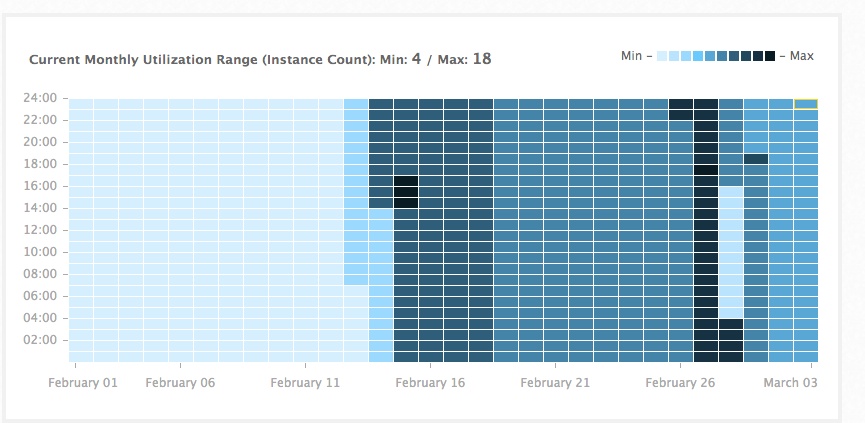 The practice of shaping demand to fit the available resources can be found for example in transportation businesses, where airlines charges more for their service when demand is high and charge less to encourage more demand. In the real-time and interactive on-line world, the challenge is to ensure that capacity meets demand.
The practice of shaping demand to fit the available resources can be found for example in transportation businesses, where airlines charges more for their service when demand is high and charge less to encourage more demand. In the real-time and interactive on-line world, the challenge is to ensure that capacity meets demand.
The following diagram shows 3 cases of over capacity, under capacity and on demand capacity, which the latter can be achieved only by taking an advantage of the cloud elasticity.
IT systems or applications have capacity limitations. Sometimes a new SaaS web application works well in its first phase on the air as it serves from tens up to a maximum of several hundreds of users. In this stage, there will be no need to worry about a scalable hosting environment and paying a flat fee for the fixed computing resources makes sense. Over time as the SaaS product matures, the amount of users increases and the overall usage goes up. The SaaS vendor will have to deal with these scalability challenges and hopefully without the service suffering from poor performance. So what are the options to maintain the application’s availability with the new demands? Or in other word how do we scale it?
(more…)
 I’ve been working in the cloud industry for nearly the past decade, and can say, without a doubt, that Database as a Service is one of the most interesting and challenging domains I’ve encountered.
I’ve been working in the cloud industry for nearly the past decade, and can say, without a doubt, that Database as a Service is one of the most interesting and challenging domains I’ve encountered.
